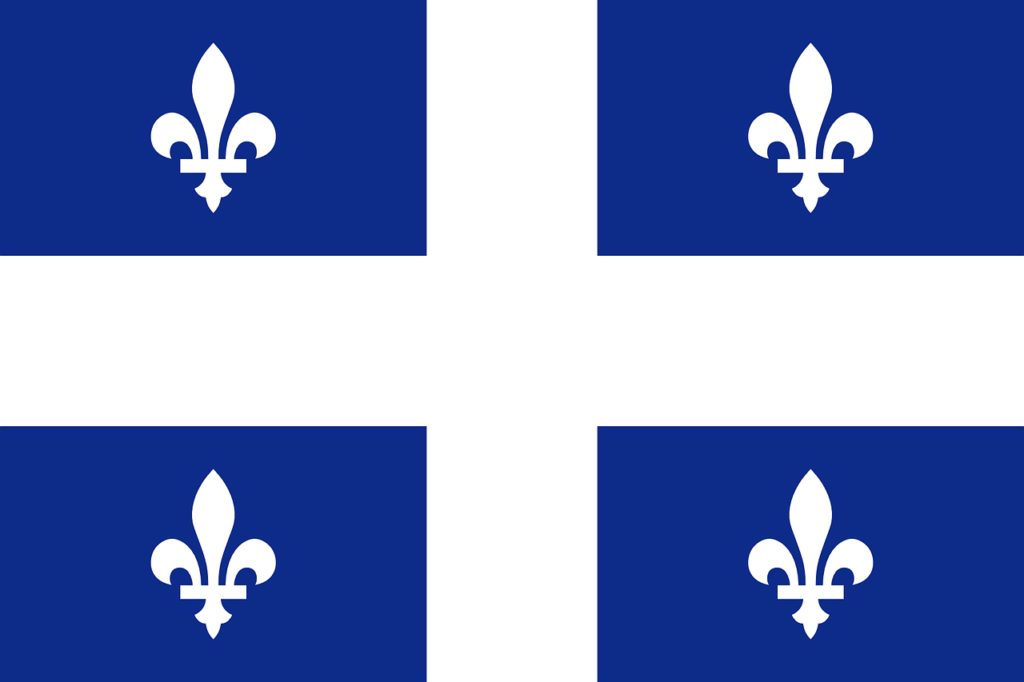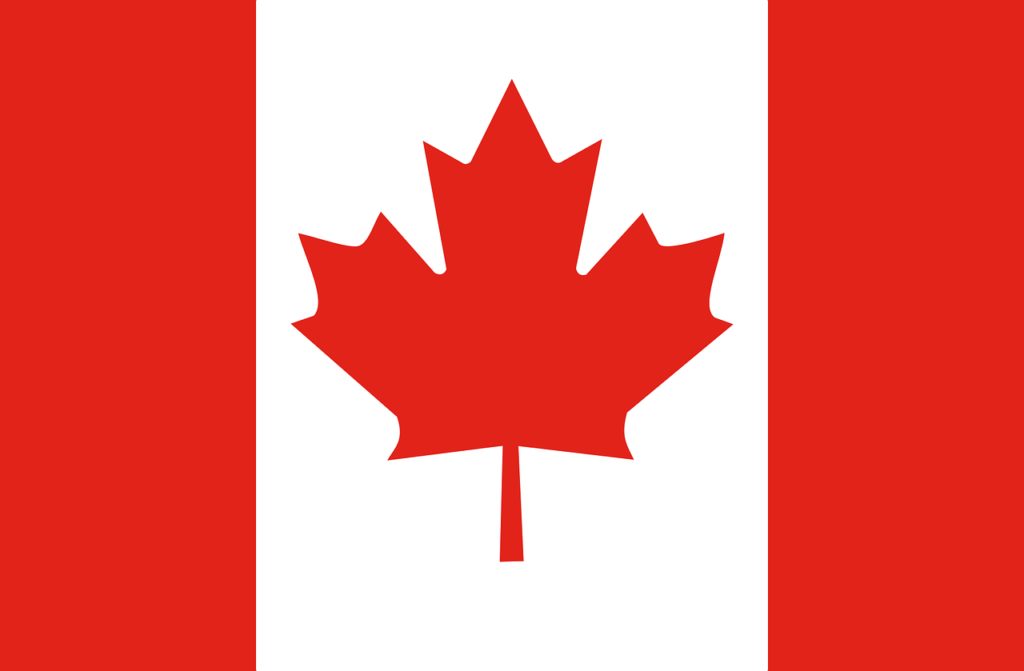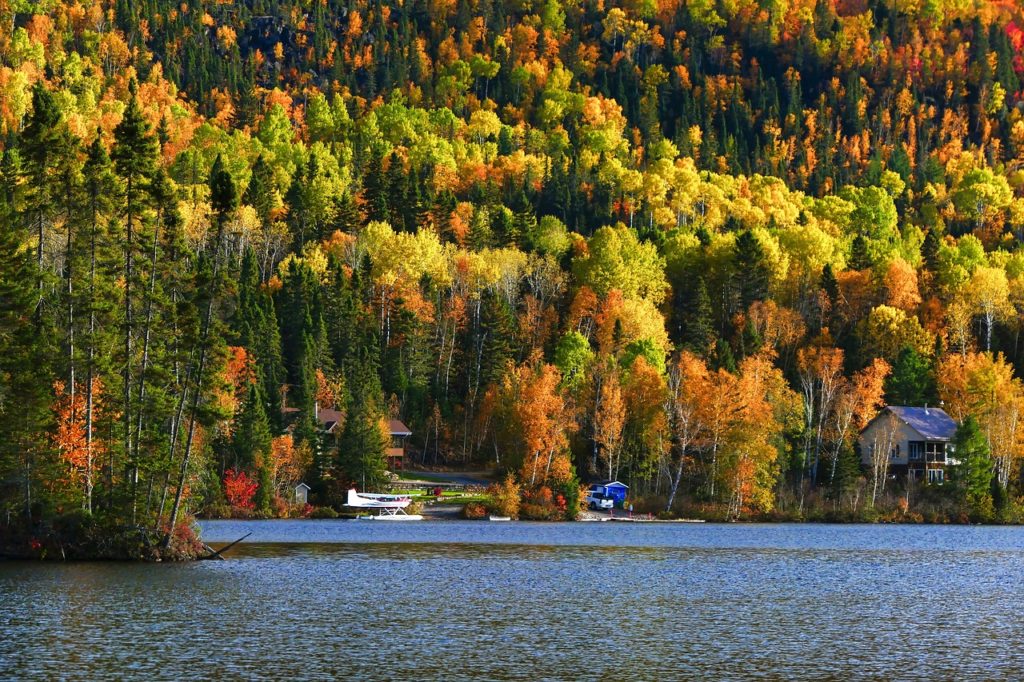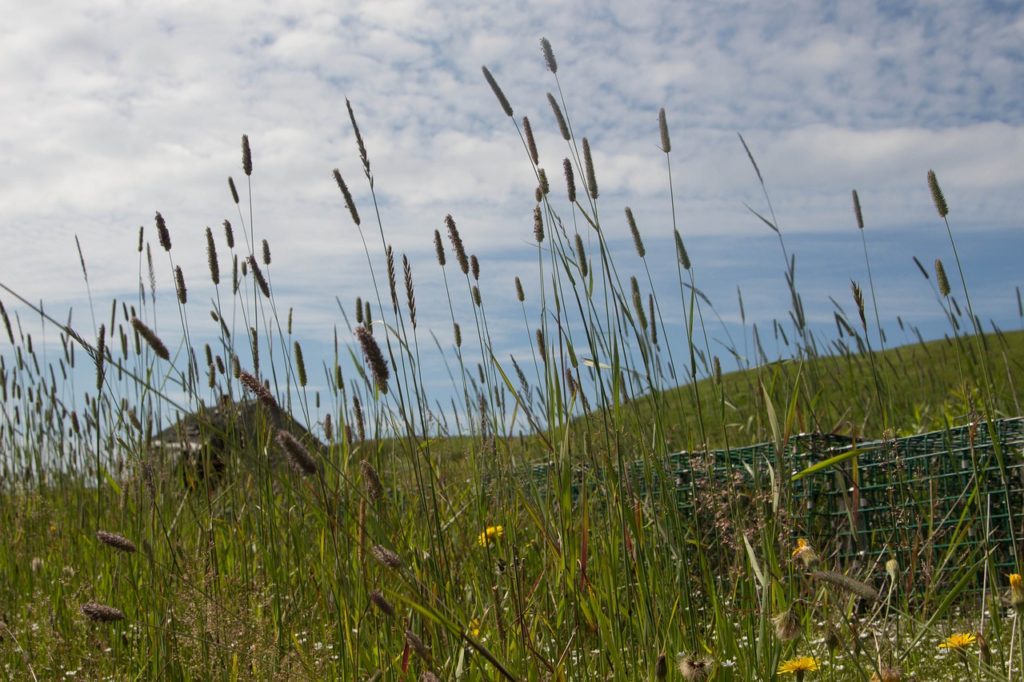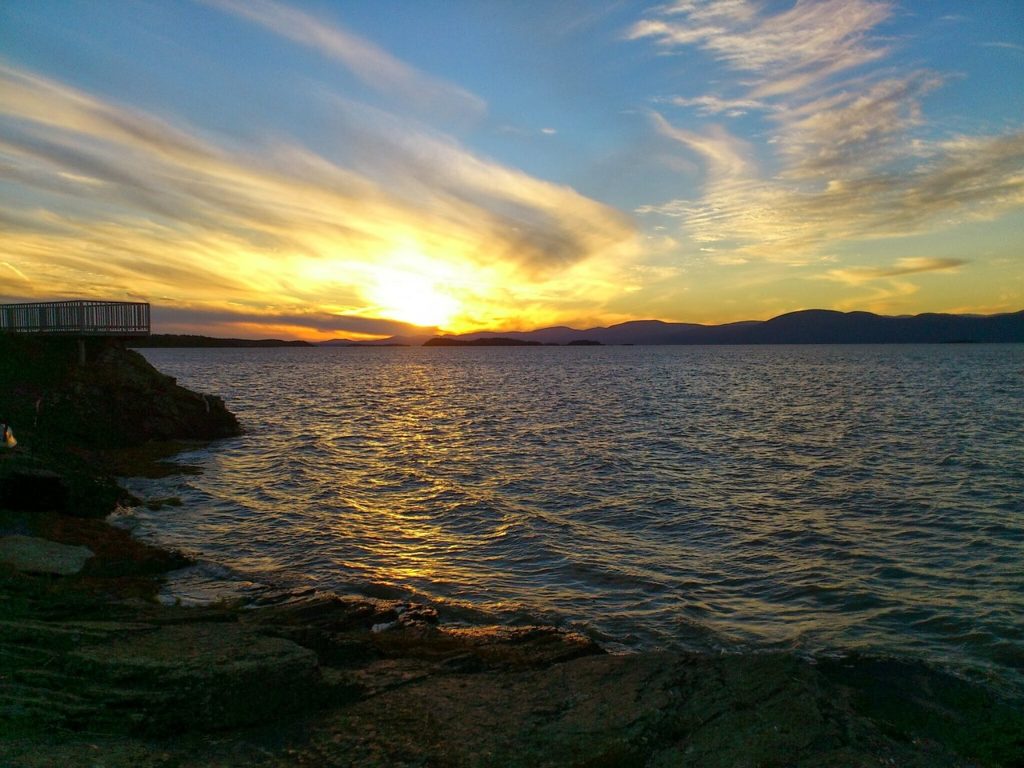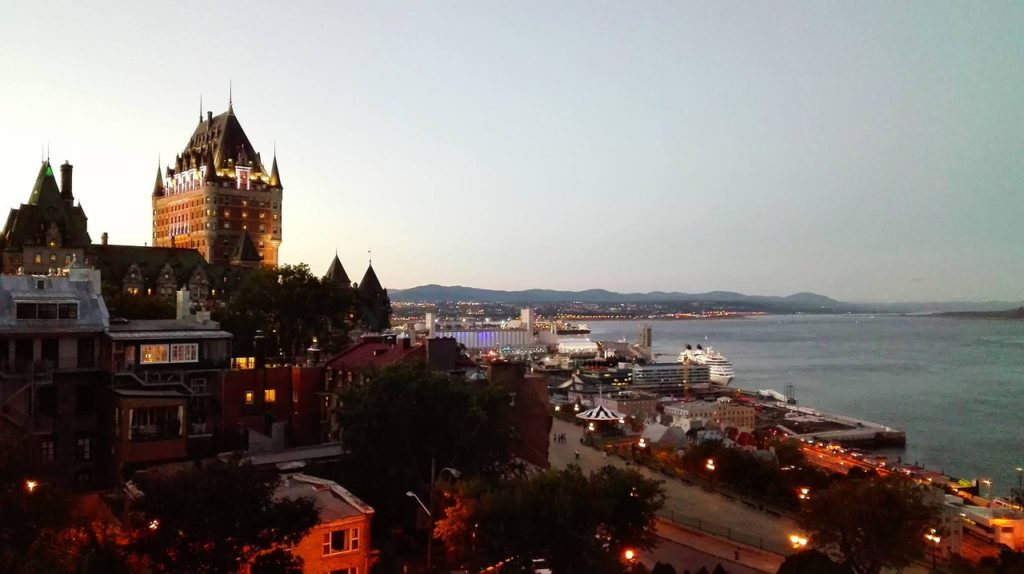Québec
Interesting Information
Just the Facts
There is archaeological evidence that Paleo-Americans inhabited this region about 12,000 years ago. The descendants of these ancient Americans; the Algonquin, Iroquois, Crees, Mohawks, and Wendats were some of many First Nations and Inuit people who lived throughout Québec prior to and during European colonization and still live there today.
European expeditions to this area began in the late 15th century and in 1534 the colony of New France was claimed by Jacques Cartier for the French King Francois I. The first permanent settlement was founded in 1608 at the site of present day Québec City. After France’s defeat in the Seven Year’s War, France ceded all of it’s North American holdings to the United Kingdom in 1763 and at that point Québec came under British rule. In 1867 the Province of Canada (modern day Ontario and Québec) combined with other 2 other British provinces (Nova Scotia and New Brunswick) came together to form the self-governing country of Canada.
Quebec is an amazing province with a rich history and one-of-a-kind culture. With beautiful terrain, amazing food and plenty to do, you’ll want to visit again and again.
Population & Language
When Samuel de Champlain established the first permanent settlement in New France, there were 28 settlers with him. Half of those died through the first winter. Today, the population of Québec is almost 8.5 million.
Because of it's colonial history, French is the official language of Québec and is the first language of 80% of Quebecers. Although the British tried to establish English as the dominate language after the acquisition of New France, it didn't work. In 1977, French became the official language of Québec; all business would be conducted and all public signs would be in French.
Quebec Interesting Facts
-Quebec City is the capital of Quebec Province
-It is the largest Canadian Province
-Over 10% of it's surface is water.
-It has over 1/2 million lakes
-It produces almost 90% of the world's maple syrup.
-Official motto: "Je me souviens" means "I remember"
-Montreal is home to the world famous Cirque du Soleil
-The legal drinking age is 18.
-Montreal is the world's second largest French speaking city.
-"Quebec" came from the Algonquin word "Kebec" meaning "where the river narrows".
Top Tourist Attractions
Place Royale
Old Montréal
Notre-Dame Basilica
Old Québec
Forillon National Park
Château Frontenac
Mont Tremblant
Quartier du Petit Champlain
The Montréal Botanical Gardens
Hôtel de Glace
Canadian Museum of Civilization
Montmorency Falls
Most Populated Cities
(Population of City Proper)
Montréal - 1.8 million
Québec City - 546,000
Laval - 439,000
Gatineau - 287,000
Longueuil - 249,000
Sherbrooke - 168,000
Lévis - 147,000
Saguenay - 146,000
Trois-Rivières - 138,000
Terrebonne - 117,000
Where do you want to go?
21 Tourist Zones of Québec
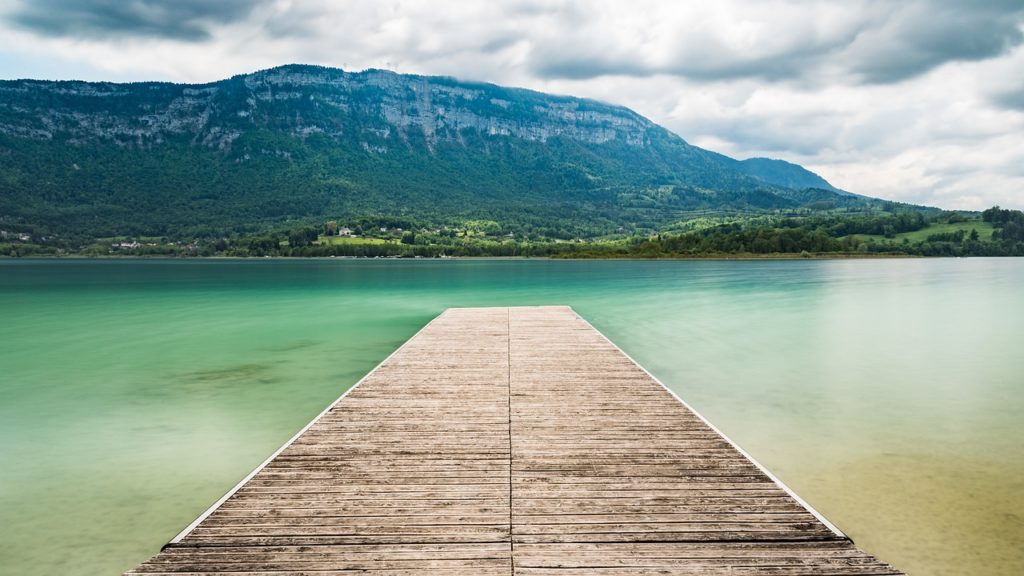
Abitibi-Témiscamingue
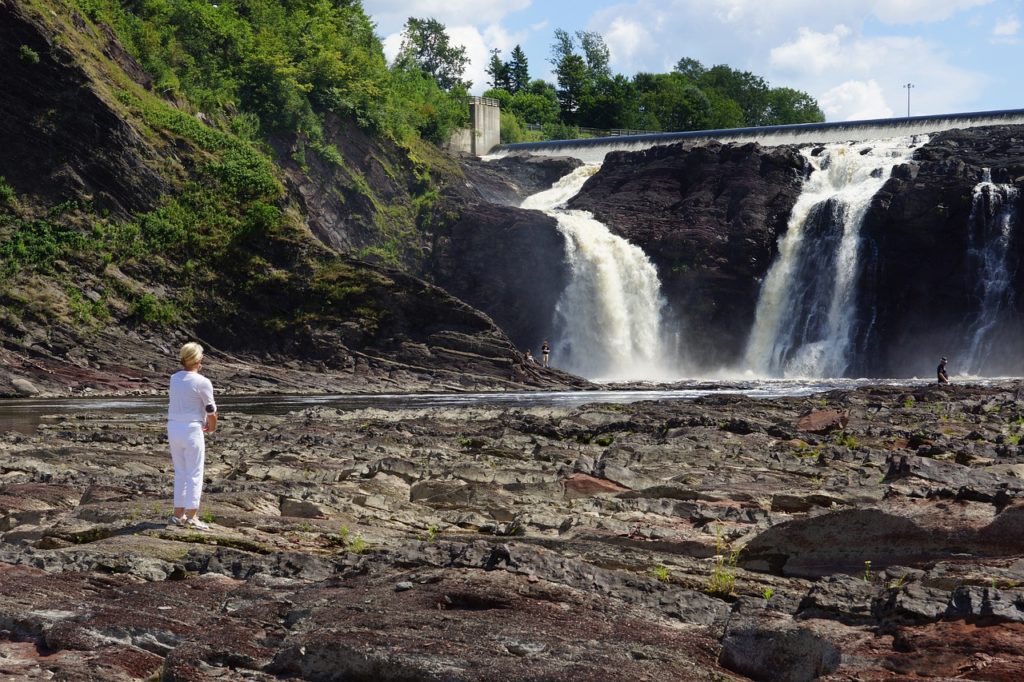
Chaudière-Appalaches
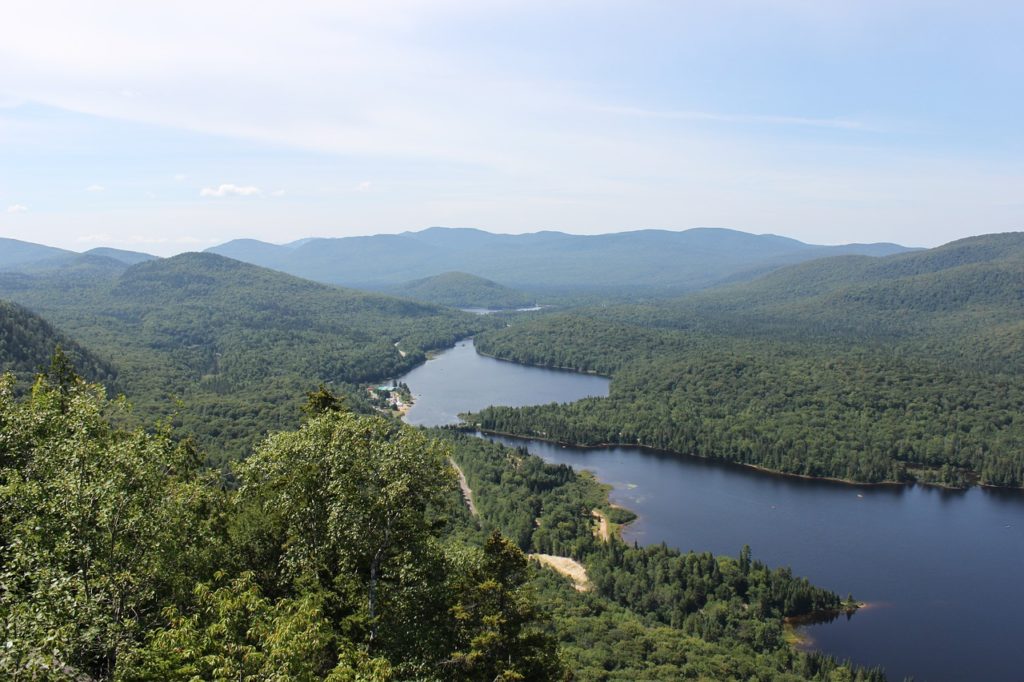
Lanaudière
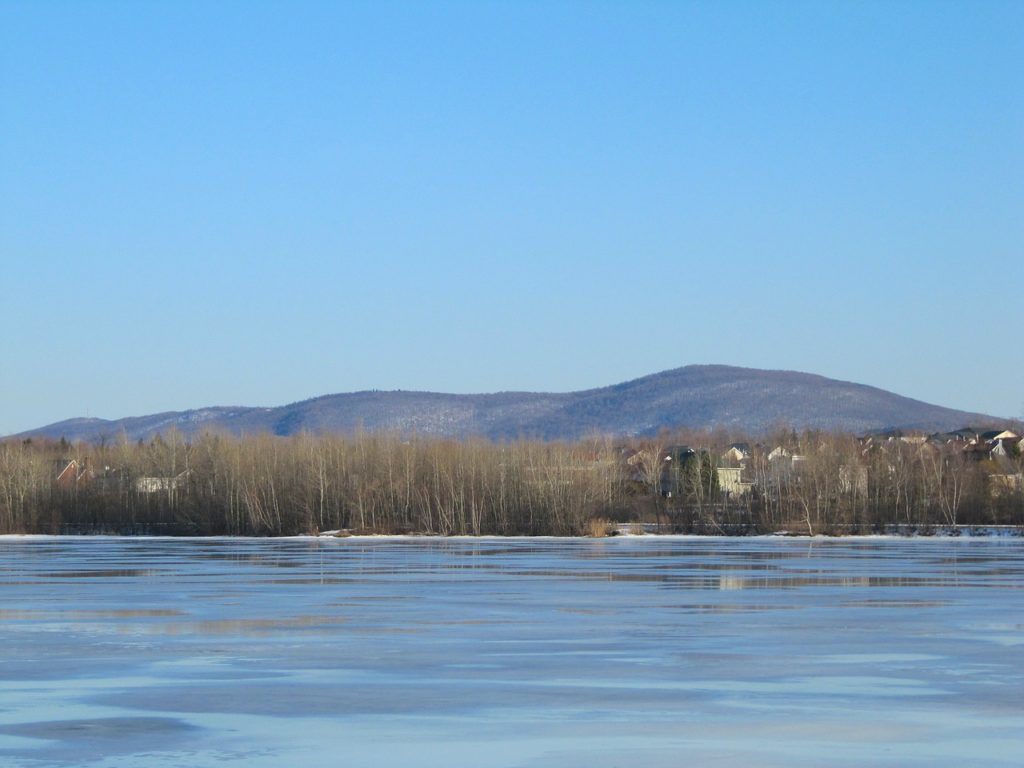
Montérégie
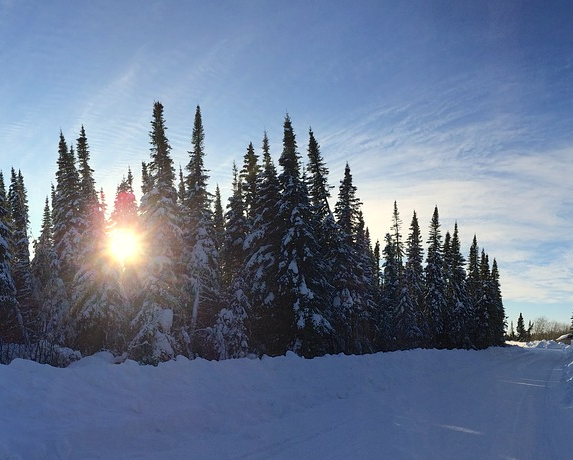
Baie-James
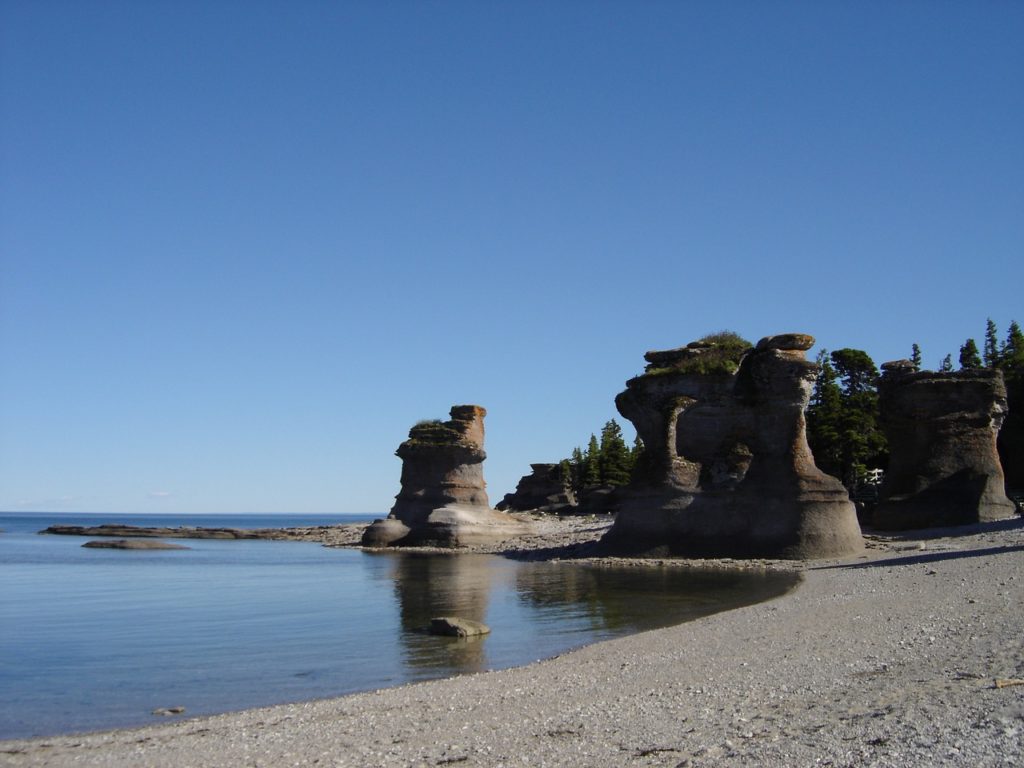
Duplessis
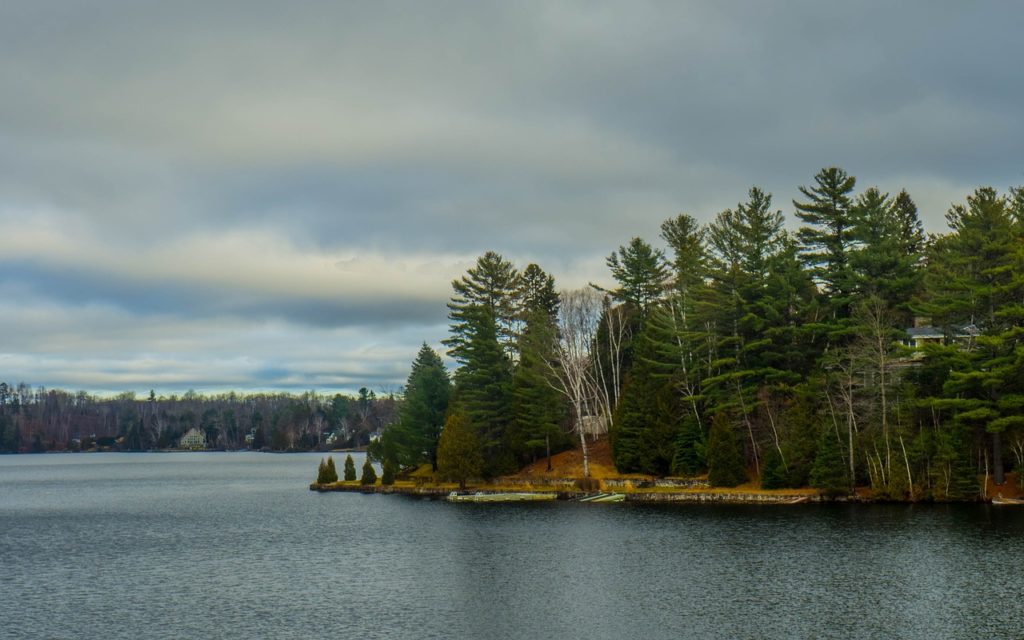
Laurentides
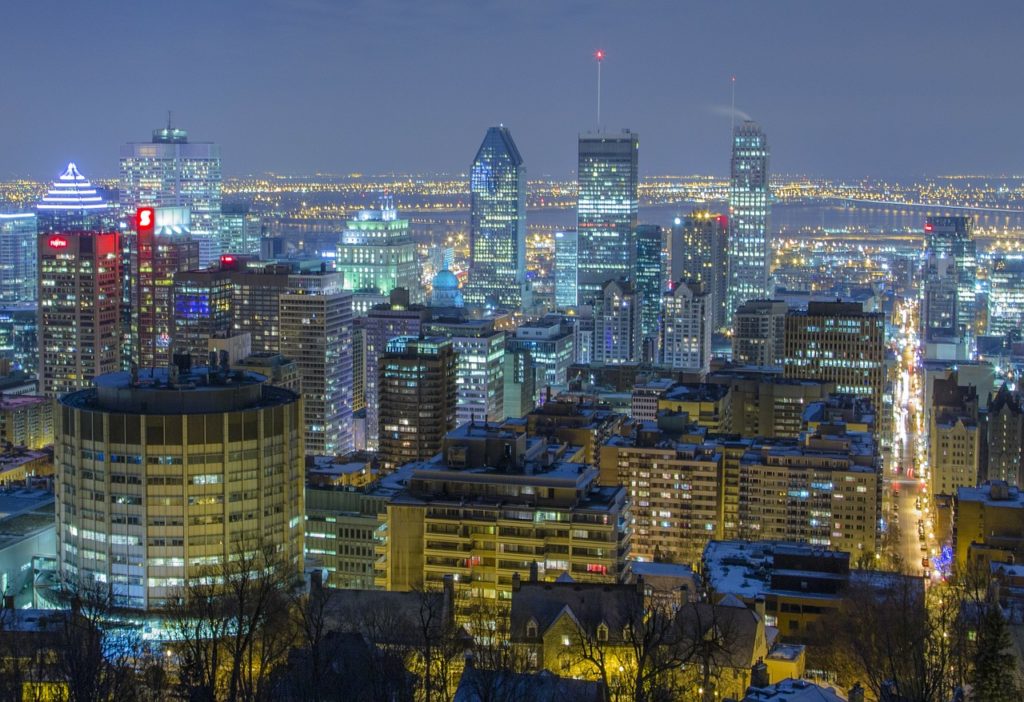
Montréal
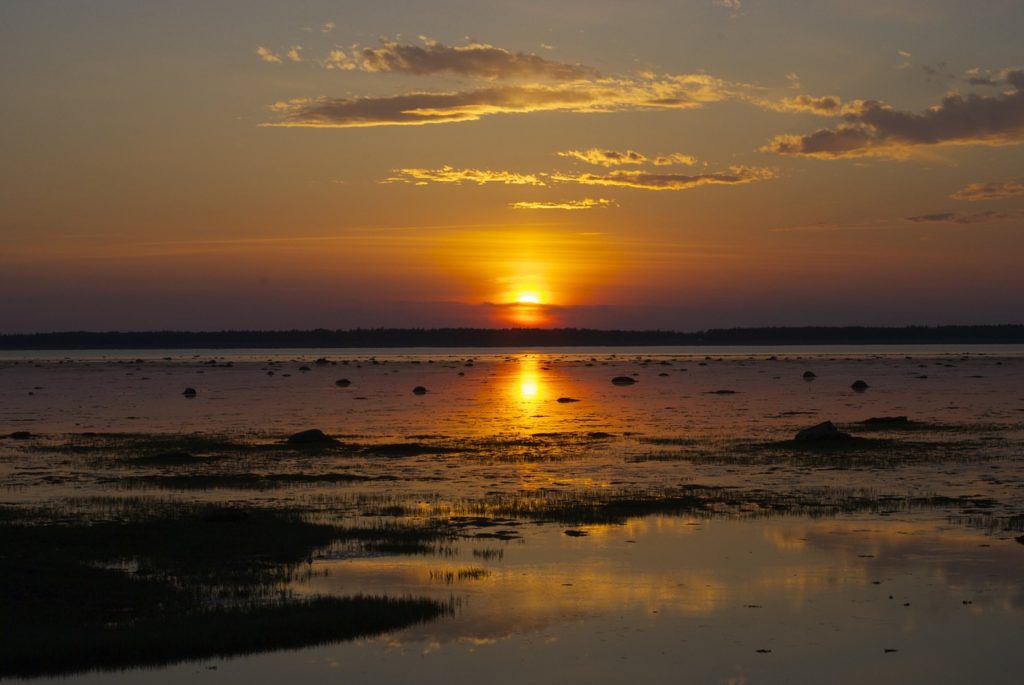
Bas-Saint-Laurent
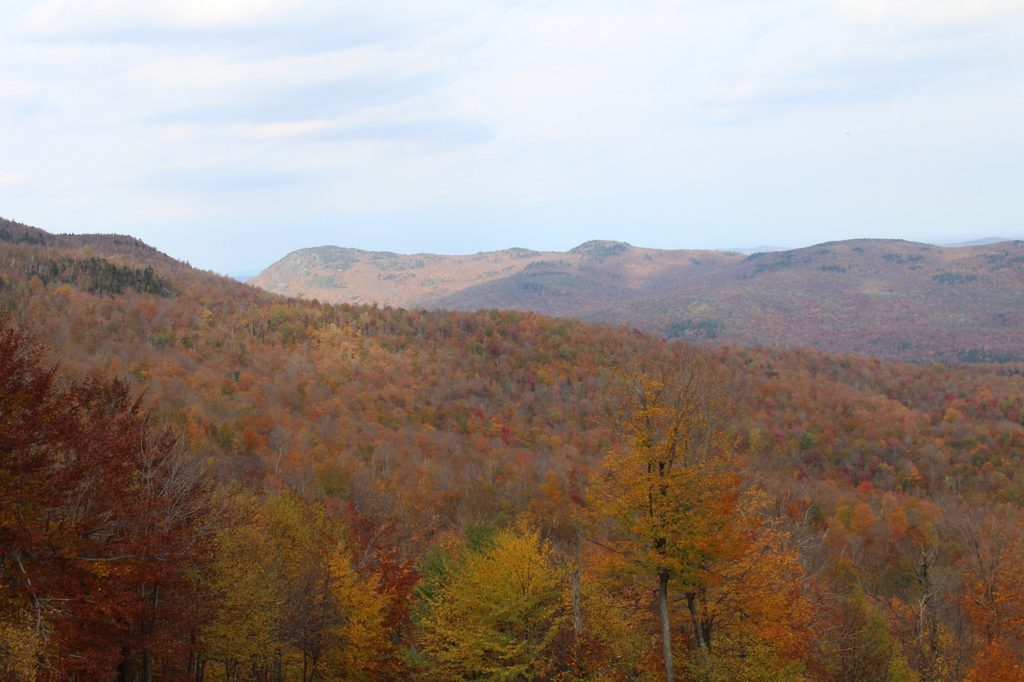
Eastern Townships
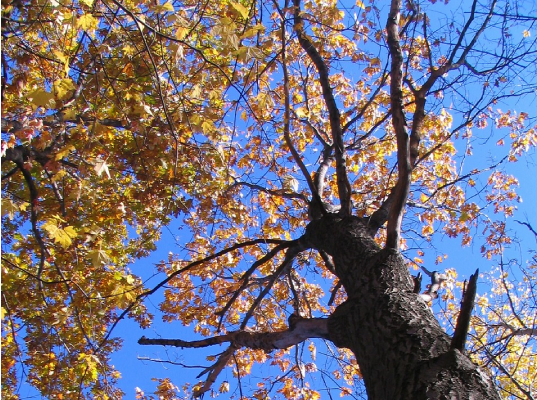
Laval
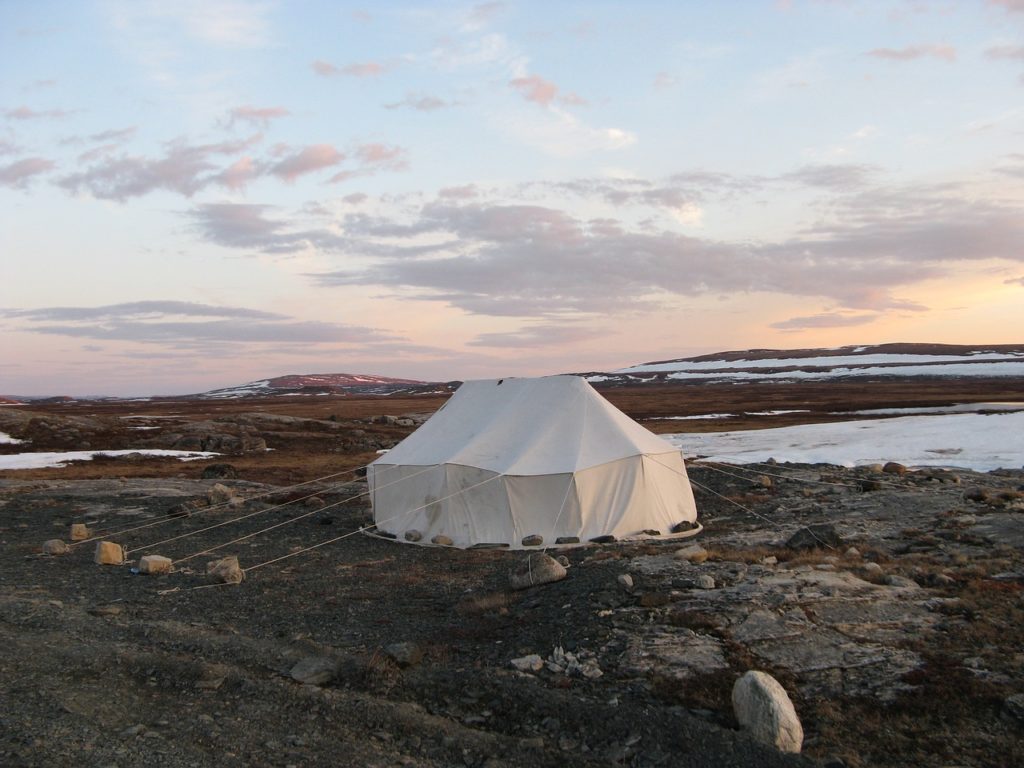
Nunavik
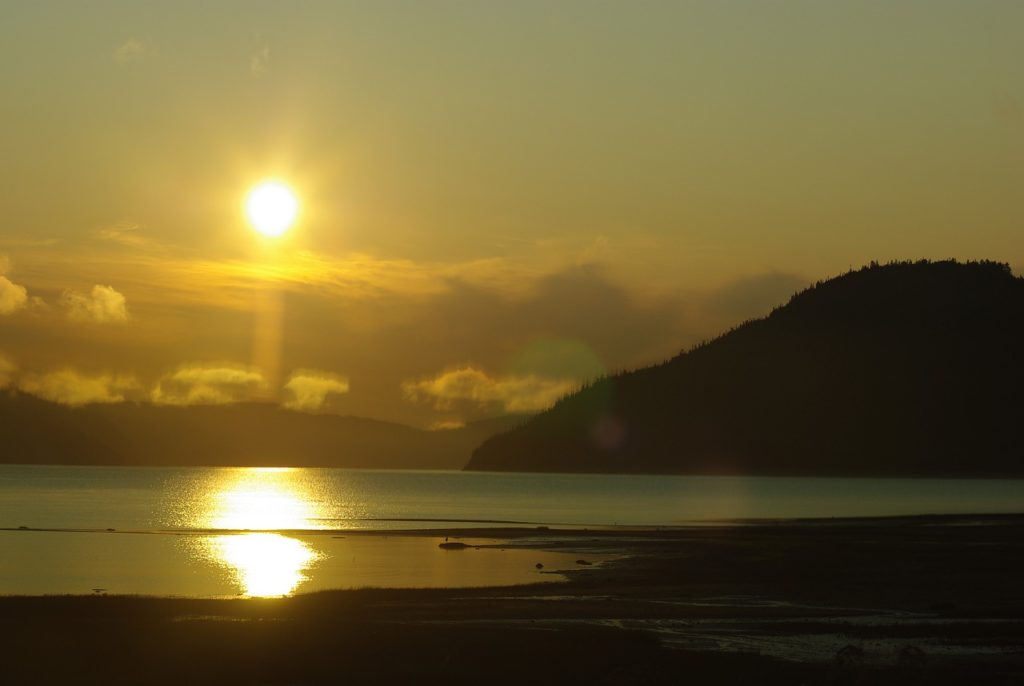
Saguenay-Lac-Saint-Jean
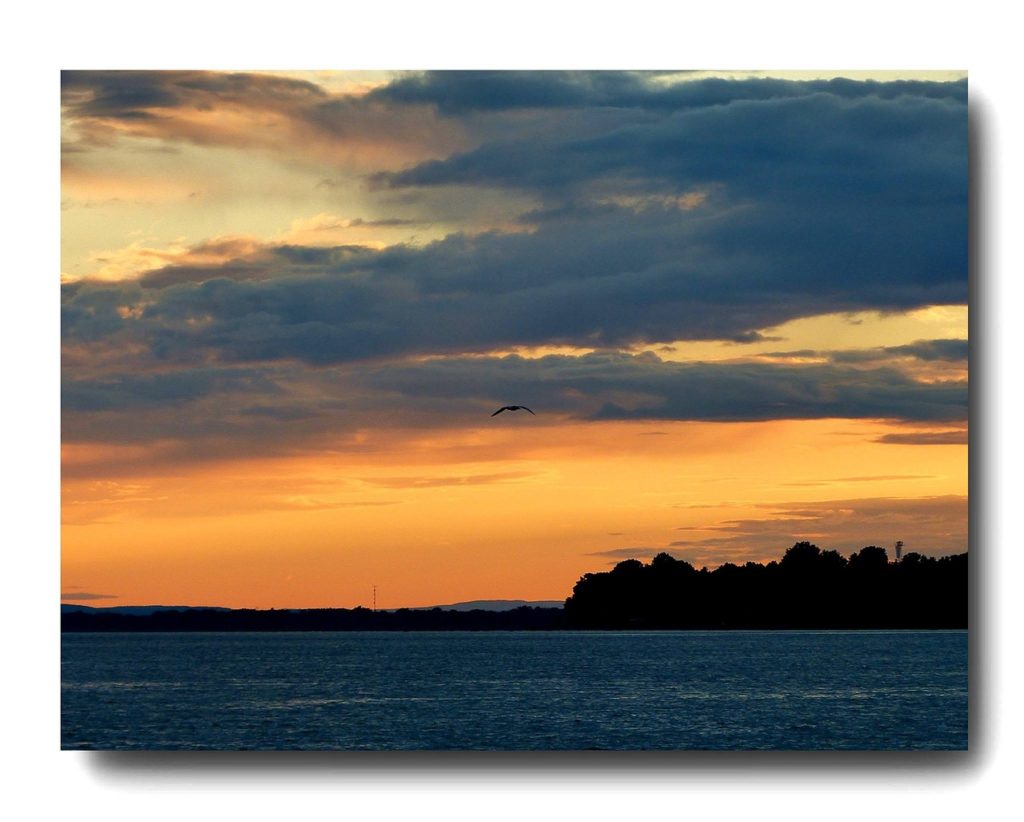
Centre-du-Québec
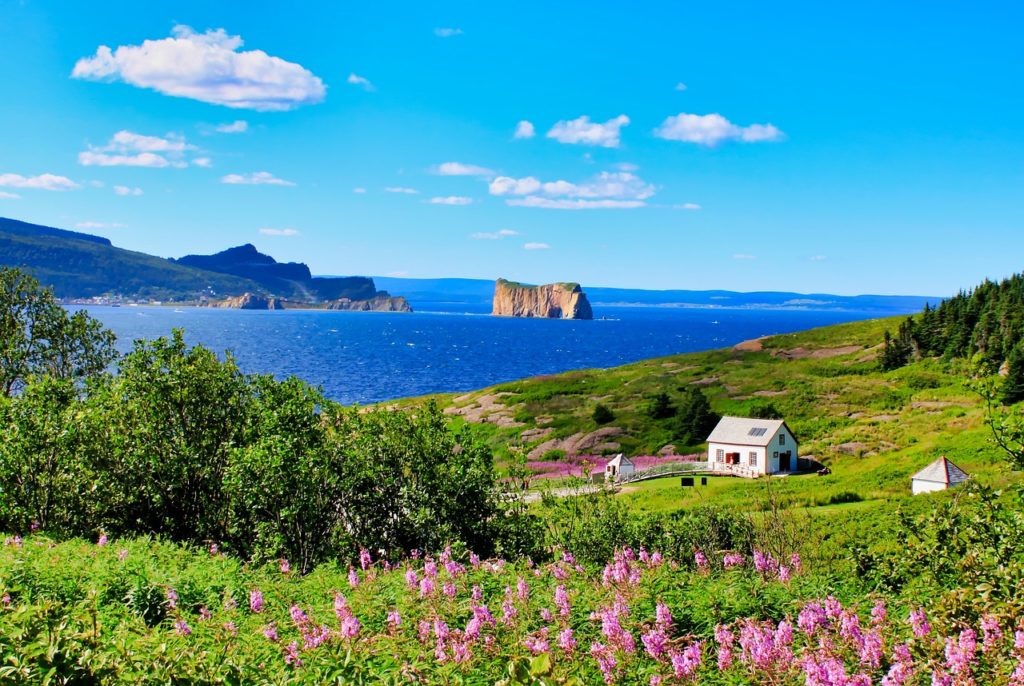
Gaspésie
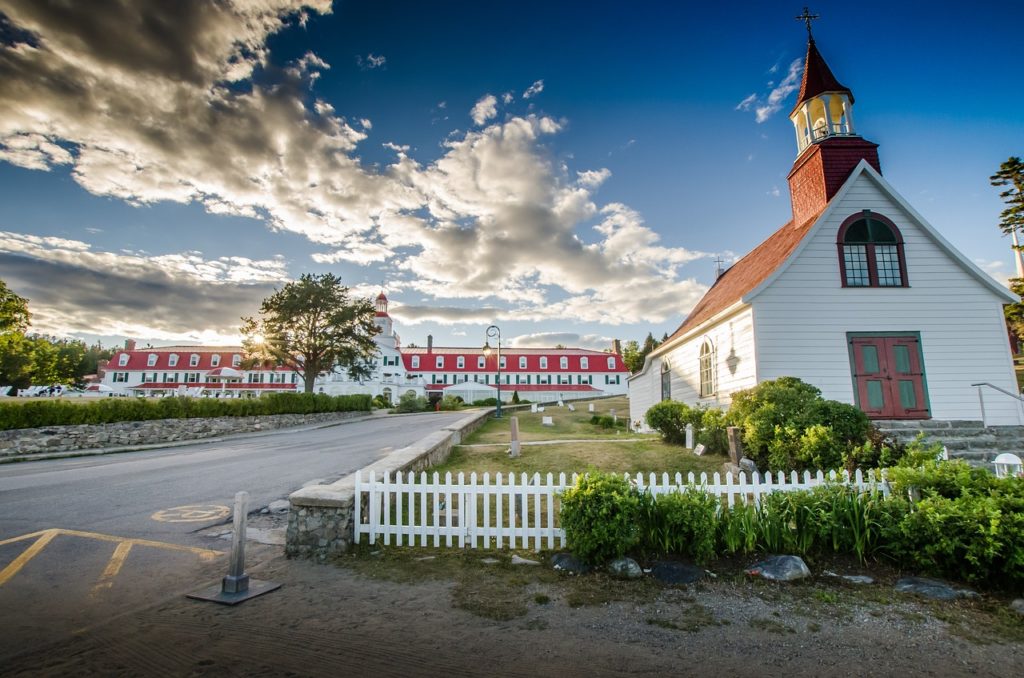
Manicouagan
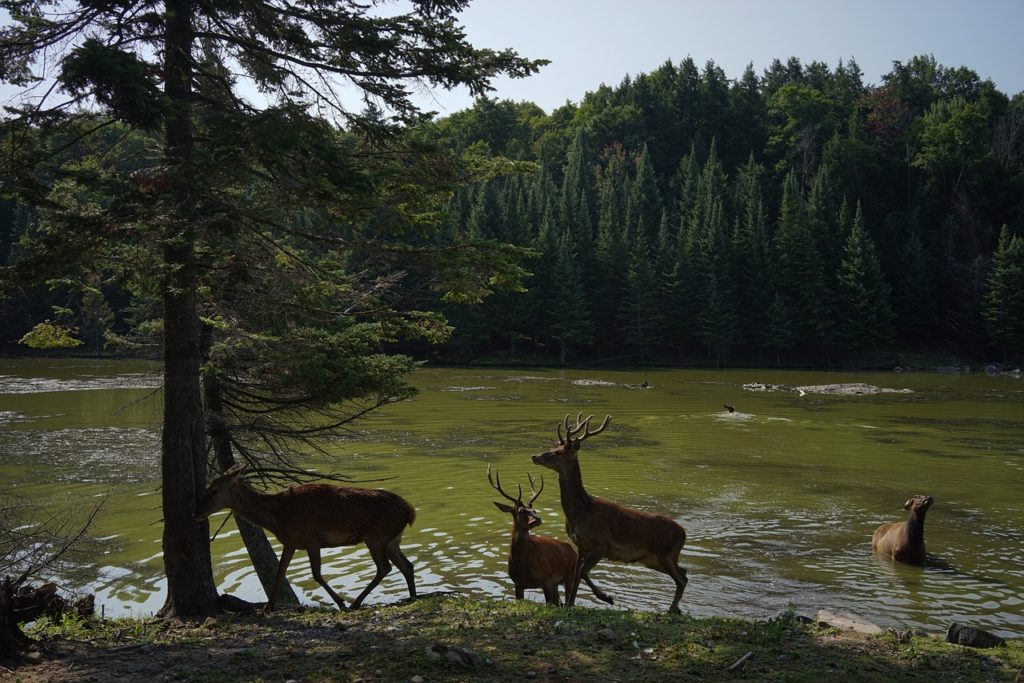
Outaouais
National Parks
Québec is home to some of the most beautiful terrain in the world. Lush forests, rolling hills, crystal clear lakes, magnificent waterfalls, mighty rivers, and lovely beaches. There are 3 Canadian National Parks and 27 Provincial Parks (also called national parks) in Quebec. Whether you enjoy hiking in the summer or cross-country skiing in the winter, there is plenty of outdoor activities to appreciate in this breathtaking province.
Mingan Archipelago National Park Reserve
This national park is comprised of approximately 1000 limestone islands and islets in the northeastern area of Québec. It is famous for it's limestone monoliths that were formed over the course of 1000's of years by wind and water.
Forillon National Park
Hiking, fishing, and diving are some of the many things to do at this diverse park. You can take a whale watching cruise in the Gulf of St. Lawrence. Hike along the seaside cliffs. Forest and seaside make for an amazing combination and will thrill anyone who loves the outdoors.
La Mauricie National Park
Halfway between Montréal and Québec City lies this conifer forest national park. With more than 150 lakes, you will never run out of things to explore. Leave the city behind! Fishing, swimming, camping, hiking and more allows you to get in touch with nature and unwind.
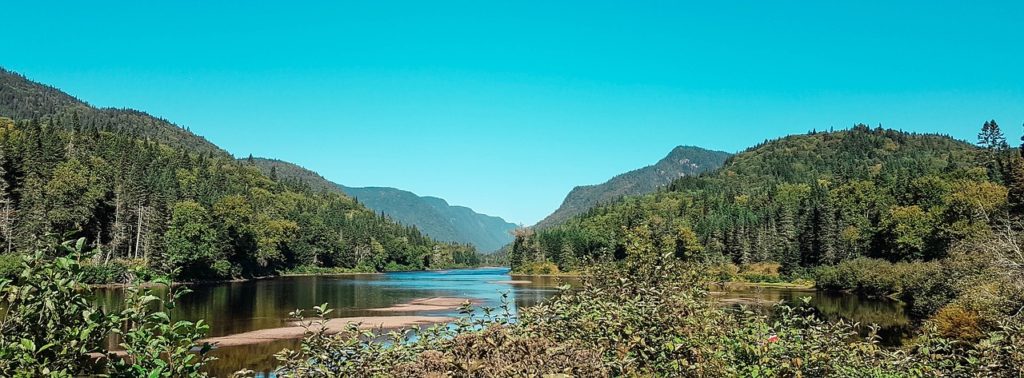
Québec National Parks (Provincial Parks)
These parks are officially recognized protected areas in Québec. They are there for public recreation such as camping, fishing and hiking and strive to protect these areas from commercial use to enable the natural environment to be there for generations to come.
Where is it?
